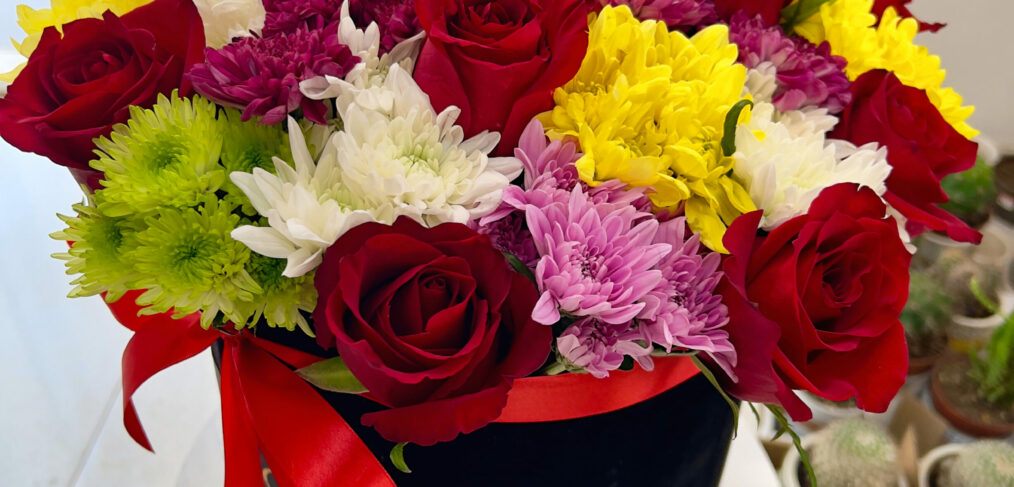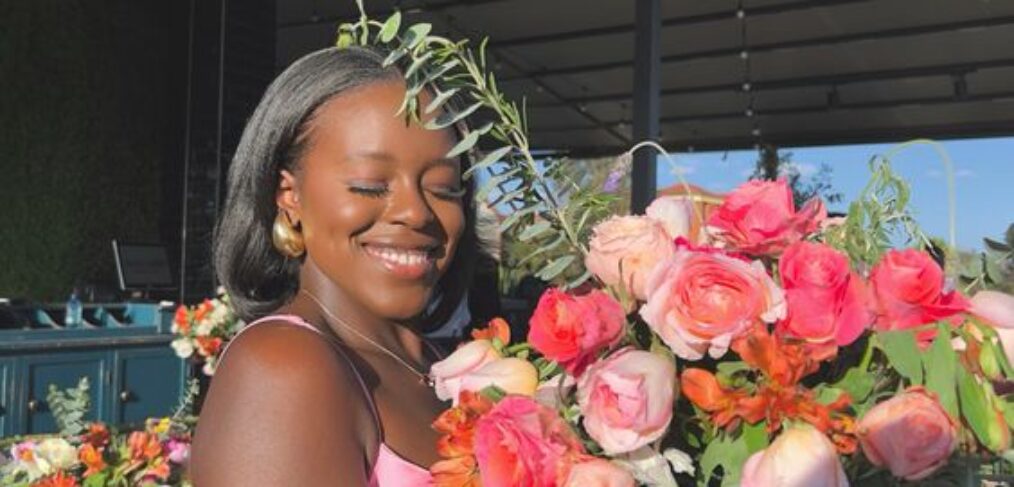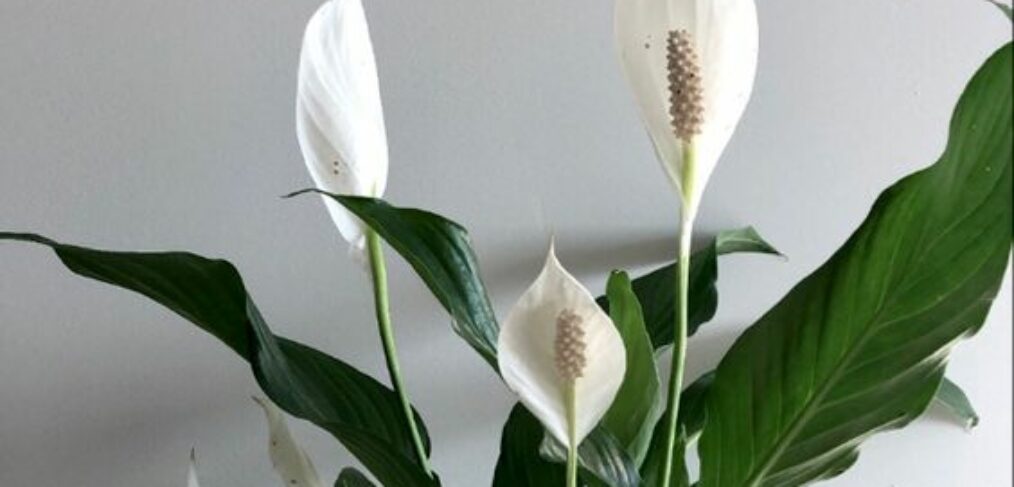Choosing the perfect bridal bouquet is a crucial part of wedding planning. The bouquet complements the bride’s dress, enhances the wedding theme, and adds to the overall aesthetic of the ceremony. Here is a step-by-step guide to help you select the ideal bridal bouquet for your special day.
Step-by-Step Guide to Choosing a Bridal Bouquet
Step 1: Determine Your Budget
Before diving into the specifics of bouquet styles and flowers, establish a budget. Flowers can vary widely in cost, and knowing your budget will help narrow down your choices.
Step 2: Consider Your Wedding Theme and Colors
The bouquet should align with the overall theme and color scheme of your wedding. Whether you’re having a rustic, bohemian, classic, or modern wedding, your bouquet should reflect the theme. Consider the colors of your bridesmaids’ dresses, decorations, and overall venue decor.
Step 3: Choose the Right Flowers
Select flowers that are in season, as they are more affordable and fresher. Research the meaning of different flowers to incorporate personal or symbolic significance into your bouquet. Popular choices include roses, peonies, lilies, and orchids.
Step 4: Decide on the Bouquet Shape
There are several bouquet shapes to choose from:
– Round Bouquet: Classic and timeless, suitable for traditional weddings.
– Cascade Bouquet: Dramatic and flowing, ideal for a glamorous look.
– Posy Bouquet: Small and compact, perfect for a minimalist or vintage wedding.
– Hand-tied Bouquet: Natural and loose, great for rustic or bohemian themes.
– Composite Bouquet: Made of petals from various flowers, creating a single large bloom for a unique and modern look.
Step 5: Think About the Dress
Your bouquet should complement your wedding dress. For example:
– A simple dress can be paired with a more elaborate bouquet.
– A detailed dress may be better complemented by a simpler bouquet.
– Consider the size and length of the bouquet in relation to your dress to maintain balance.
Step 6: Personalize Your Bouquet
Add personal touches such as:
– Incorporating heirloom pieces or sentimental items.
– Adding ribbons or fabric that match your wedding colors.
– Including a locket or photo charm of a loved one.
Step 7: Consult with a Florist
Find a reputable florist who can bring your vision to life. Share your ideas, theme, dress style, and any personal touches you want to include. A professional florist can also provide valuable advice on flower choices, bouquet shapes, and seasonal availability.
Step 8: Review and Finalize
Review the final design with your florist. Make sure every detail aligns with your vision. Confirm delivery times and logistics to ensure your bouquet is fresh and perfect on your wedding day.
Choosing the perfect bridal bouquet involves thoughtful consideration of your wedding theme, dress, and personal preferences. By following these steps and collaborating with a skilled florist, you can create a beautiful and meaningful bouquet that adds a special touch to your wedding day.










